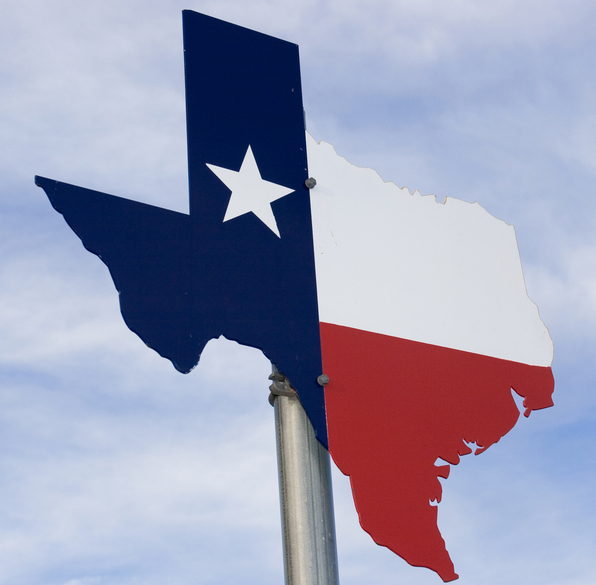While in Arlington, Texas, on Monday for my beloved Rangers’ season opener at the newly named Globe Life Park, I noticed a big banner outside the Dallas Cowboys’ AT&T Stadium next door.
Apparently, Jerry Jones’ gigantic shrine to losing football is hosting some sort of college basketball tournament this weekend. If I understand correctly, it’s called the NCAA Men’s Final Four and involves a malady known as “March Madness.” Hopefully, there’s a cure, but everyone involved probably would appreciate our prayers.
Speaking of the aforementioned tournament, The Dallas Morning News has a big profile — 2,000-plus words — out today on one of the teams’ players. Julius Randle, who played high school hoops in Texas, is a big star for the Kentucky Wildcats and, it seems, could win a lottery ticket from the NBA. (I’m not endorsing gambling. I’m just reporting what I read.)
In all seriousness, there’s a lot to recommend about the Morning News’ profile, headlined “How a Dallas billionaire helped Plano’s Julius Randle become Kentucky’s biggest star.” On one level, the writer does an excellent job of digging below the surface and helping readers understand the unique path that Randle has taken to tonight’s big stage:
LEXINGTON, Ky. — Visibly drained, Julius Randle ambled into Kentucky’s $30 million basketball facility. Reporters awaited. Randle knew the drill.
Towering above his inquisitors, he leaned his 6-9, 250-pound frame against a wall, the one facing eight national championship banners. It
was a surreal contrast from his very first interview, with his hometown Dallas Morning News.Back then he was 6 foot, 145 pounds. He was 11.
“Yeah, I remember,” he said with a soft laugh.
On Saturday night, the local kid will re-emerge in North Texas as a 19-year-old man in the grandest possible basketball homecoming, with Kentucky facing Wisconsin in the Final Four semifinals before an expected crowd of 80,000 at AT&T Stadium.
A national TV audience no doubt will be reminded that Randle is the only locally produced player among a Final Four of out-of-state teams, having led Plano Prestonwood Christian to three TAPPS state titles, the most recent in March 2013.
Later that month, having already signed with Kentucky, he attended the South Regional at AT&T Stadium, watched Michigan beat Florida to make the Final Four and visualized himself playing in the vast stadium this year.
But as I read the otherwise compelling piece, I found myself frustrated by the religion ghosts (if you have no clue what a religion ghost is, check out GetReligion’s primer on “Why We’re Here”).
In keeping with the theme, I’ll rank my Final Four ghosts:
— No. 4 seed: Mention of Plano Prestonwood Christian.
Yes, it’s entirely possible that an extremely talented basketball player would be recruited to play at a Christian school and that there would be no real religion angle. But Randle’s association with a school that’s a ministry of Prestonwood Baptist Church, a Southern Baptist megachurch, made me wonder.
A quick Google search might even turn up this Baptist Press headline:
— No. 3 seed: Mention of billionaire Kenny Troutt’s vision going beyond basketball:












